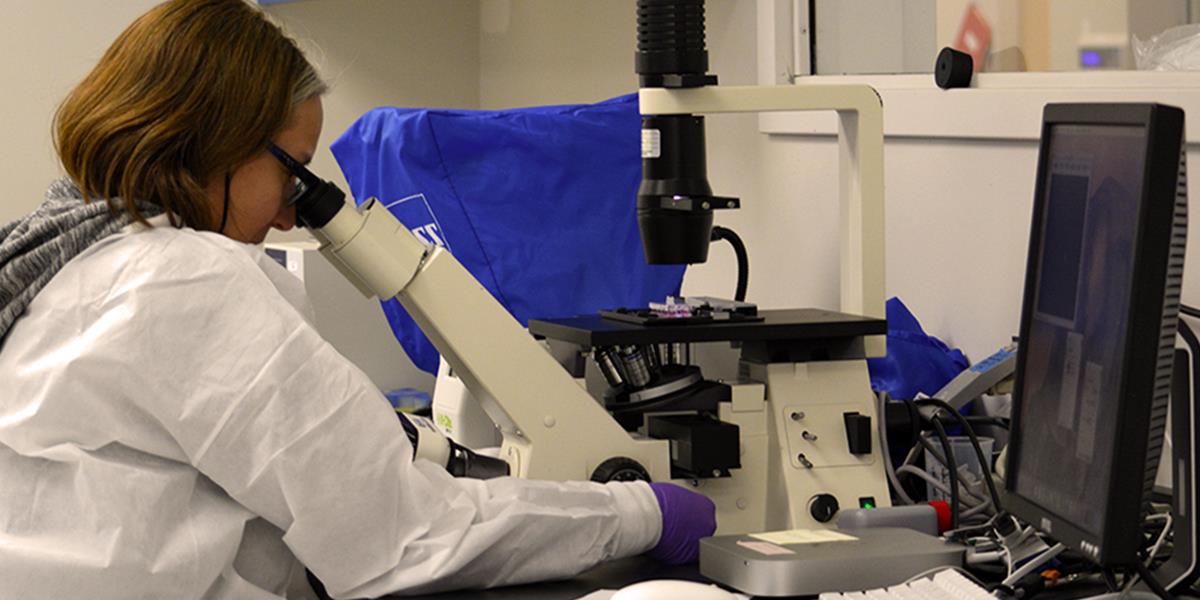
Want to get stories like this straight to your inbox? Subscribe here.
Amyotrophic lateral sclerosis (ALS), commonly known as Lou Gehrig’s Disease, is a diverse syndrome that manifests itself in several different ways – every case is unique. One way in which ALS can vary from person to person is the place where it first starts affecting the body. When someone starts to experience symptoms in the neck or face, this is known as bulbar-onset ALS. This name comes from the “bulbar” region of the brain, which controls the muscles in the face and neck and processes like swallowing and speech.
Bulbar-onset ALS generally starts with symptoms like slurred speech, difficulty chewing and swallowing, excessive choking and weakness or twitching in the muscles of the face, jaw, throat, and voice box, particularly the tongue. Signs that these symptoms may be occurring include difficulty forming words, poor articulation and changes in voice or speech patterns, including a harsh, hoarse or strained voice, and decrease in range or loudness of voice.
While these symptoms first appear in the face and neck, they will eventually begin to occur in other parts of the body, ultimately leading to paralysis. There is evidence that cases of bulbar-onset ALS tend to progress faster than limb onset ALS, although, like all aspects of this disease, it can vary widely from case to case.
Bulbar ALS appears to be a relatively rarer form of the disease. Some studies have shown that nearly three quarters of cases in which ALS symptoms first appear in a particular region of the body are limb-onset, beginning in the arms or legs. Limb-onset and bulbar-onset ALS cases, where symptoms begin in one of these two regions, are referred to together as “focal ALS.” In some rare cases, known as “multi-focal ALS,” symptoms appear in the limbs, neck, and face simultaneously.
What Do You Want to do Next?
